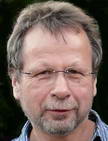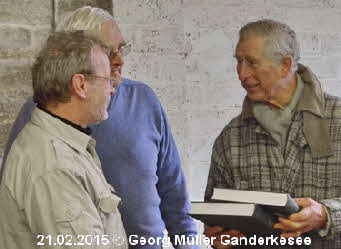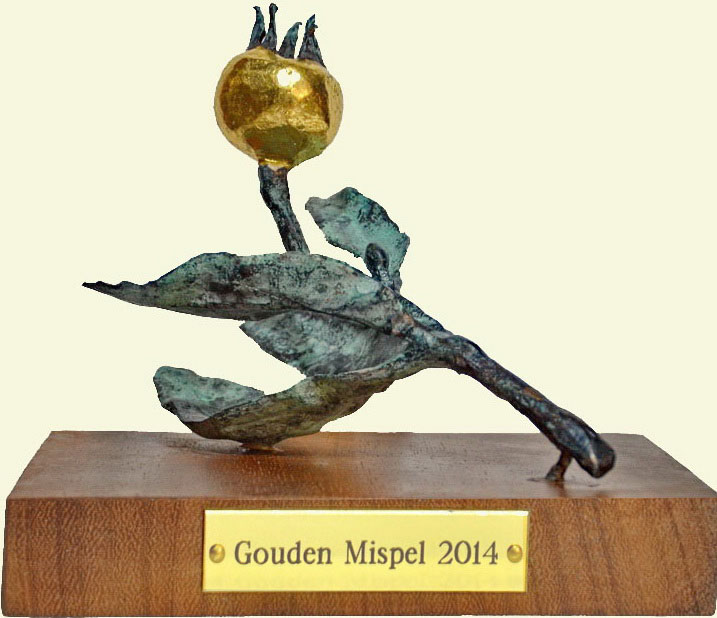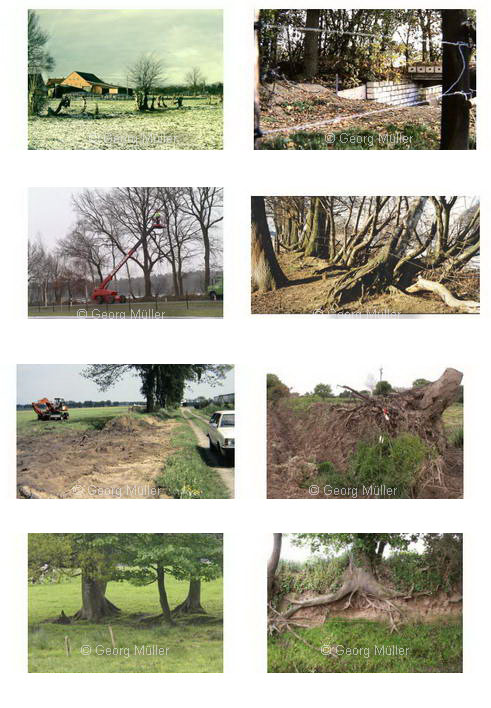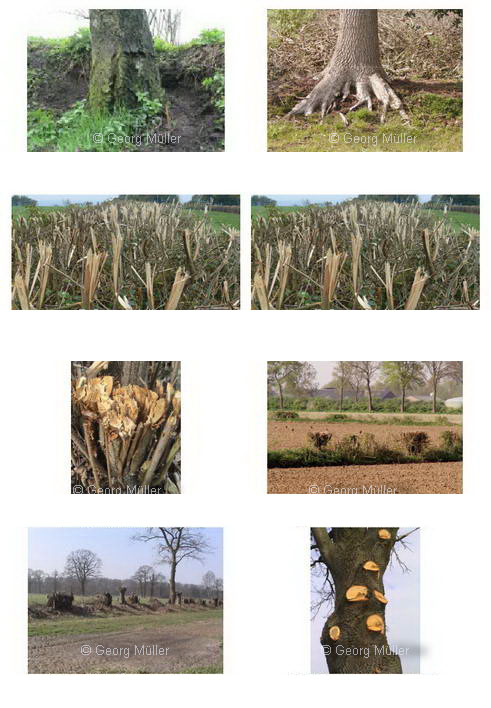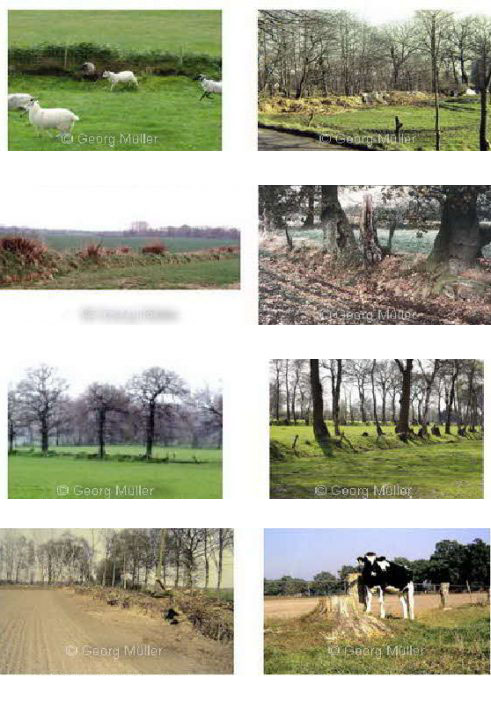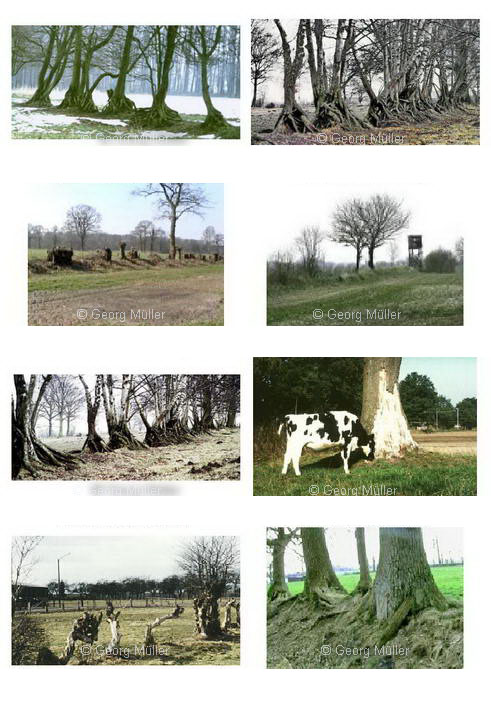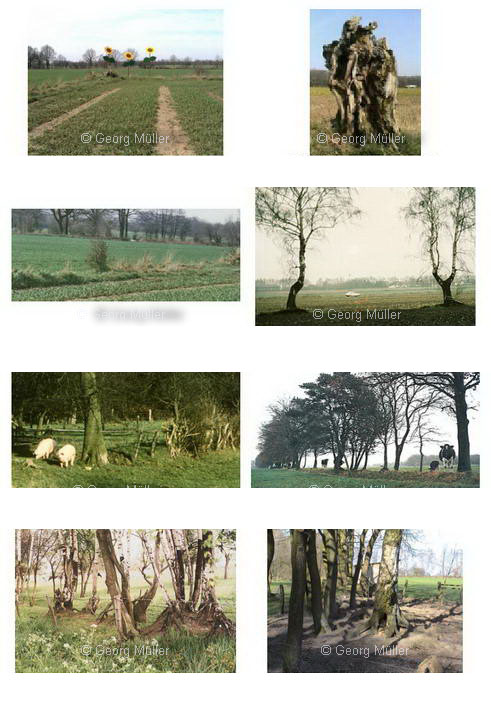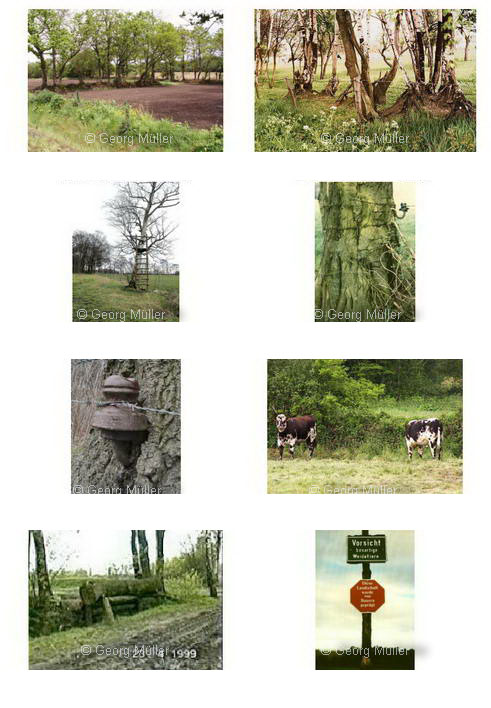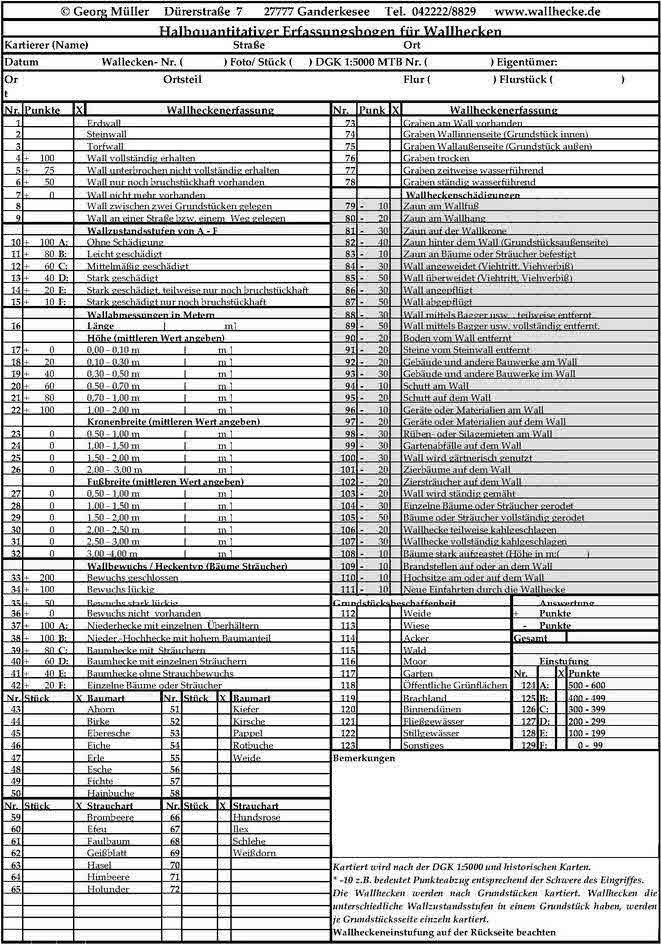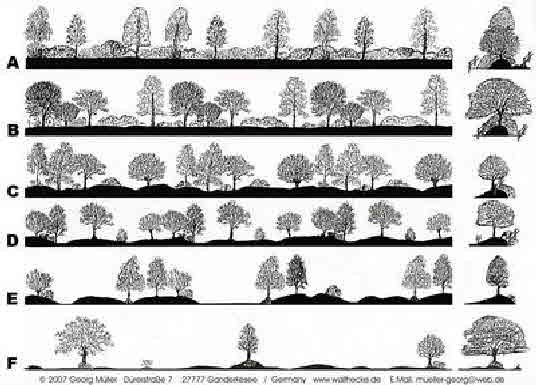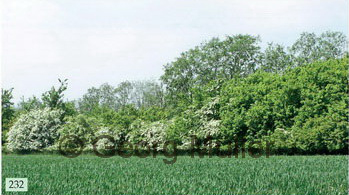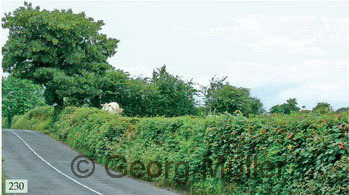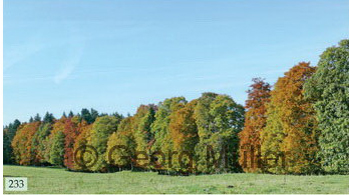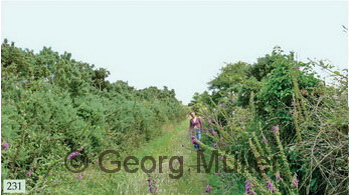Georg Müller’s book “Europe’s Field Enclosures” is a monumental work that has received worldwide recognition and has been sold in over 30 countries.
It serves as a comprehensive reference work for field enclosures throughout Europe, covering topics such as rampart hedges (Knicks), hedges, dry stone walls, dry alluvial woods, wattle hedges, wattle fences, and traditional fences. The two-volume edition is 1280 pages long and contains 5514 illustrations, including 4433 color photographs. It is a comprehensive documentation of various types of field boundaries in Europe, the result of over 30 years of research. The book has received praise from experts, researchers and institutions worldwide for its depth, thoroughness and contribution to the preservation of cultural heritage and ecological knowledge.



